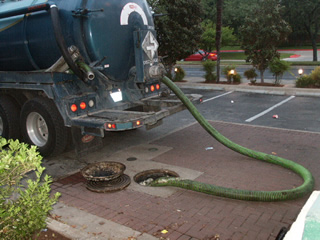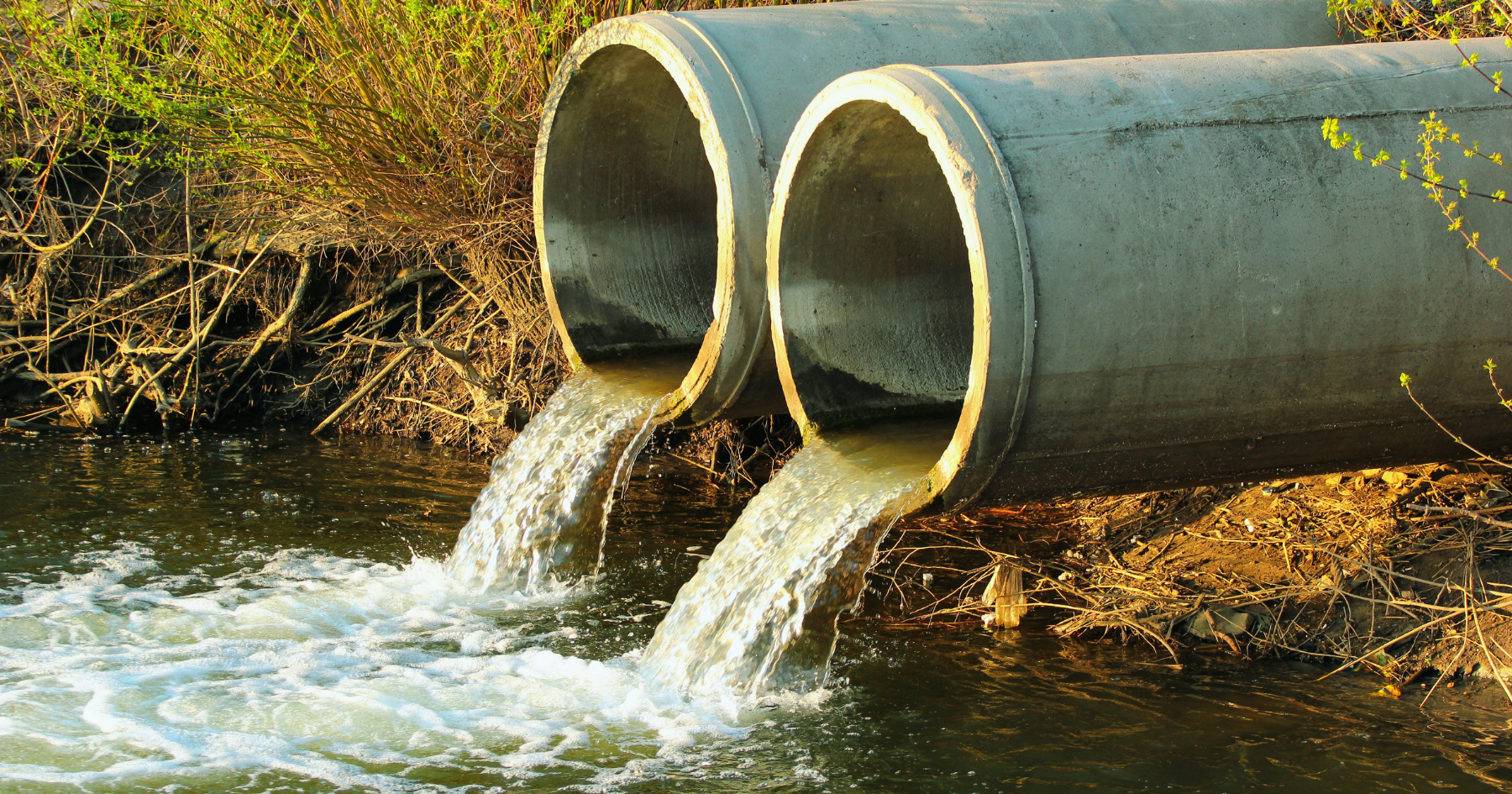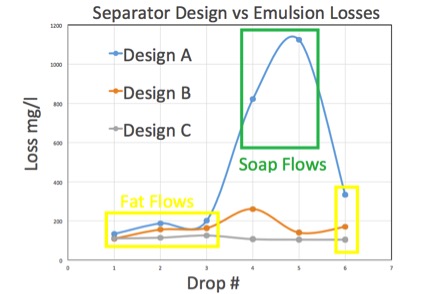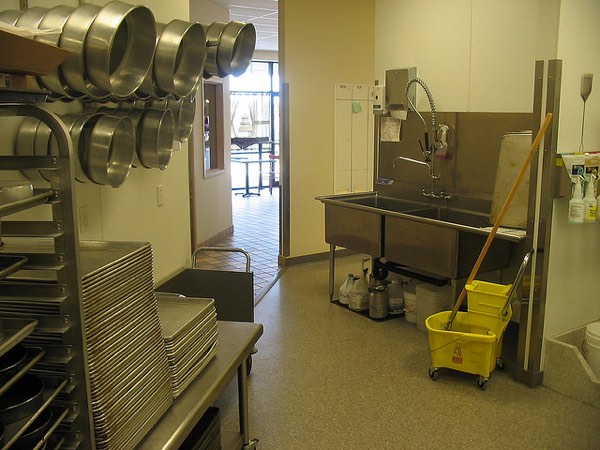 Across the country and around the world criminals are targeting a new kind of “liquid gold” — used cooking oil.
Across the country and around the world criminals are targeting a new kind of “liquid gold” — used cooking oil.
The headlines say it all:
“Three charged in Harford in $1 million scheme to steal used cooking oil”
“Huh? Thieves stealing used cooking grease to turn into quick cash”
“Theft of grease for biofuel gets stickier”
In 2014, two brothers, both in their 70s, pleaded guilty to federal charges of conspiring to sell and transport used cooking oil stolen from restaurants in Rhode Island and Massachusetts. The FBI wiretapped a federal informant to bring the pair to justice, and prosecutors said the two men stole grease worth more than $120,000 over the course of two years.
Businesses and local authorities, though, are fighting back.






 Hospitals and other health care facilities often operate extensive commercial kitchens. But unlike restaurants, hotels and other foodservice establishments, hospitals face additional cost-control, sanitation and operational challenges.
Hospitals and other health care facilities often operate extensive commercial kitchens. But unlike restaurants, hotels and other foodservice establishments, hospitals face additional cost-control, sanitation and operational challenges. If you read our post on
If you read our post on 
 Across the country and around the world criminals are targeting a new kind of “liquid gold” — used cooking oil.
Across the country and around the world criminals are targeting a new kind of “liquid gold” — used cooking oil. One size fits all might be an appropriate term for a rain poncho. Or a baseball hat fitted with an elastic band. Perhaps even a baggy pair of sweatpants with a drawstring. But, the term has no place in the world of grease pretreatment.
One size fits all might be an appropriate term for a rain poncho. Or a baseball hat fitted with an elastic band. Perhaps even a baggy pair of sweatpants with a drawstring. But, the term has no place in the world of grease pretreatment. 